If you're planning to open a commercial kitchen in Australia, one of the first things you need to consider is the design and construction of your food premises. This is where Australian Standard AS 4674-2004 comes in. This standard outlines the requirements for the design and construction of food premises, including the layout, equipment, and materials used. By following this standard, you can ensure that your commercial kitchen meets the necessary health and safety regulations. One of the main goals of Australian Standard AS 4674-2004 is to prevent the contamination of food. This is achieved by ensuring that the layout of your kitchen allows for efficient workflow and minimizes the risk of cross-contamination between different food items. The standard also specifies the types of materials that are suitable for use in a commercial kitchen, such as stainless steel and other non-porous materials that are easy to clean and maintain. By adhering to this standard, you can create a safe and hygienic environment for food preparation, which is essential for maintaining the quality and integrity of your food. It also helps to protect the health of your customers and staff, as well as your reputation as a business.1. Australian Standard AS 4674-2004: Design and construction of food premises
In addition to Australian Standard AS 4674-2004, there are several other standards and regulations that you need to be aware of when designing a commercial kitchen in Australia. These include building codes, fire safety regulations, and ventilation standards. Building codes are regulations that dictate the minimum requirements for the construction of a building. These codes cover areas such as structural integrity, fire safety, and accessibility. As a commercial kitchen is considered a high-risk environment, it is important to consult with a building inspector or architect to ensure that your kitchen design meets all the necessary building codes. Fire safety is another crucial aspect of commercial kitchen design. Australian Standard AS 1668.1-2015 outlines the requirements for fire and smoke control in buildings, including commercial kitchens. This standard covers the installation and maintenance of fire safety equipment, such as fire extinguishers and suppression systems, as well as the proper placement of cooking equipment to prevent the spread of fire. Proper ventilation is also essential in a commercial kitchen. This not only helps to remove cooking odors and smoke but also prevents the buildup of heat and moisture, which can lead to mold and bacteria growth. Australian Standard AS 1668.2-2012 specifies the requirements for mechanical ventilation systems in buildings, including commercial kitchens. It is important to consult with a ventilation specialist to ensure that your kitchen design meets these standards.2. Commercial Kitchen Design Standards: What You Need to Know
In addition to fire safety, proper ventilation is also crucial for maintaining acceptable indoor-air quality in a commercial kitchen. Australian Standard AS 1668.2-2012 outlines the requirements for mechanical ventilation systems, which are used to remove pollutants and maintain a comfortable and healthy environment for workers and customers. This standard covers various aspects of mechanical ventilation, including the design, installation, and maintenance of ventilation systems. It also specifies the necessary air flow rates and air change rates for different types of commercial kitchens, based on the size and type of cooking equipment used. By following this standard, you can ensure that your commercial kitchen has adequate ventilation, which is not only important for the health and safety of your staff and customers but also for meeting building codes and regulations.3. Australian Standard AS 1668.2-2012: The use of ventilation and air conditioning in buildings - Mechanical ventilation for acceptable indoor-air quality
Designing a commercial kitchen can be a complex and challenging task, especially when it comes to meeting all the relevant Australian standards and regulations. That's why it is essential to work with experienced professionals who are knowledgeable about these standards and can help you design a kitchen that meets all the necessary requirements. Whether you are opening a new commercial kitchen or renovating an existing one, it is crucial to consult with a building inspector, fire safety specialist, and ventilation expert to ensure that your design meets all the relevant standards and regulations. This will not only help you avoid potential fines and penalties but also ensure the safety and quality of your food and business.4. Designing a Commercial Kitchen: Australian Standards and Regulations
As mentioned earlier, fire safety is a crucial aspect of commercial kitchen design. Australian Standard AS 1668.1-2015 outlines the requirements for fire and smoke control in buildings, including commercial kitchens. This standard covers various aspects, such as the installation of fire safety equipment, the placement of cooking equipment, and the use of fire-resistant materials. By following this standard, you can ensure that your commercial kitchen is equipped with proper fire safety measures, which can help prevent and contain fires, protecting your staff, customers, and property.5. Australian Standard AS 1668.1-2015: The use of ventilation and air conditioning in buildings - Fire and smoke control in buildings
Meeting Australian standards and regulations is not just a legal requirement, but it is also essential for the success and sustainability of your commercial kitchen. By adhering to these standards, you can create a safe and hygienic environment for food preparation, maintain the quality and integrity of your food, and protect the health and safety of your staff and customers. In addition, meeting these standards can also help you avoid potential fines and penalties from non-compliance, as well as maintain a good reputation for your business. It is important to consult with professionals who are knowledgeable about these standards and can assist you in designing a commercial kitchen that meets all the necessary requirements.6. Commercial Kitchen Design: Meeting Australian Standards
While mechanical ventilation is essential for maintaining acceptable indoor-air quality in a commercial kitchen, natural ventilation can also play a role in keeping the space fresh and comfortable. Australian Standard AS 1668.4-2012 outlines the requirements for natural ventilation of buildings, including commercial kitchens. This standard covers aspects such as the design and placement of windows and vents, to allow for the flow of fresh air and removal of pollutants. It also specifies the necessary air flow rates and air change rates for different types of commercial kitchens. By following this standard, you can create a more pleasant and healthy environment for your staff and customers, all while meeting the necessary regulations.7. Australian Standard AS 1668.4-2012: The use of ventilation and air conditioning in buildings - Natural ventilation of buildings
Food safety is of utmost importance in any commercial kitchen, and meeting Australian standards is crucial for ensuring the quality and safety of your food. Australian Standard AS 4674-2004 outlines the requirements for the design and construction of food premises, with a focus on preventing food contamination. This standard covers various aspects of kitchen design, such as the layout, equipment, and materials used, to ensure that your kitchen is safe and hygienic for food preparation. By following this standard, you can minimize the risk of food contamination and maintain the quality and safety of your food, which is essential for the success and sustainability of your business.8. Designing a Commercial Kitchen: Meeting Australian Standards for Food Safety
In addition to mechanical and natural ventilation, commercial kitchens also require proper air handling and water systems. Australian Standard AS 1668.5-2012 outlines the requirements for these systems, which are essential for maintaining the quality and safety of your food, as well as the comfort and health of your staff and customers. This standard covers aspects such as the design and installation of air handling and water systems, as well as the maintenance and monitoring of these systems. It also specifies the necessary air and water quality standards to ensure a safe and healthy environment for food preparation.9. Australian Standard AS 1668.5-2012: The use of ventilation and air conditioning in buildings - Air handling and water systems of buildings
In conclusion, designing a commercial kitchen in Australia requires a thorough understanding of the relevant standards and regulations, particularly in the areas of fire safety, ventilation, and food safety. By working with experienced professionals and following these standards, you can create a safe and hygienic environment for food preparation, protect the health and safety of your staff and customers, and ensure the success and sustainability of your business. Remember to consult with a building inspector, fire safety specialist, and ventilation expert to ensure that your kitchen design meets all the necessary standards and regulations. This will not only help you avoid potential fines and penalties but also give you peace of mind knowing that your commercial kitchen is up to code and ready to serve quality food to your customers.10. Commercial Kitchen Design: Understanding Australian Standards for Hygiene and Safety
The Importance of Following Australian Standards for Commercial Kitchen Design
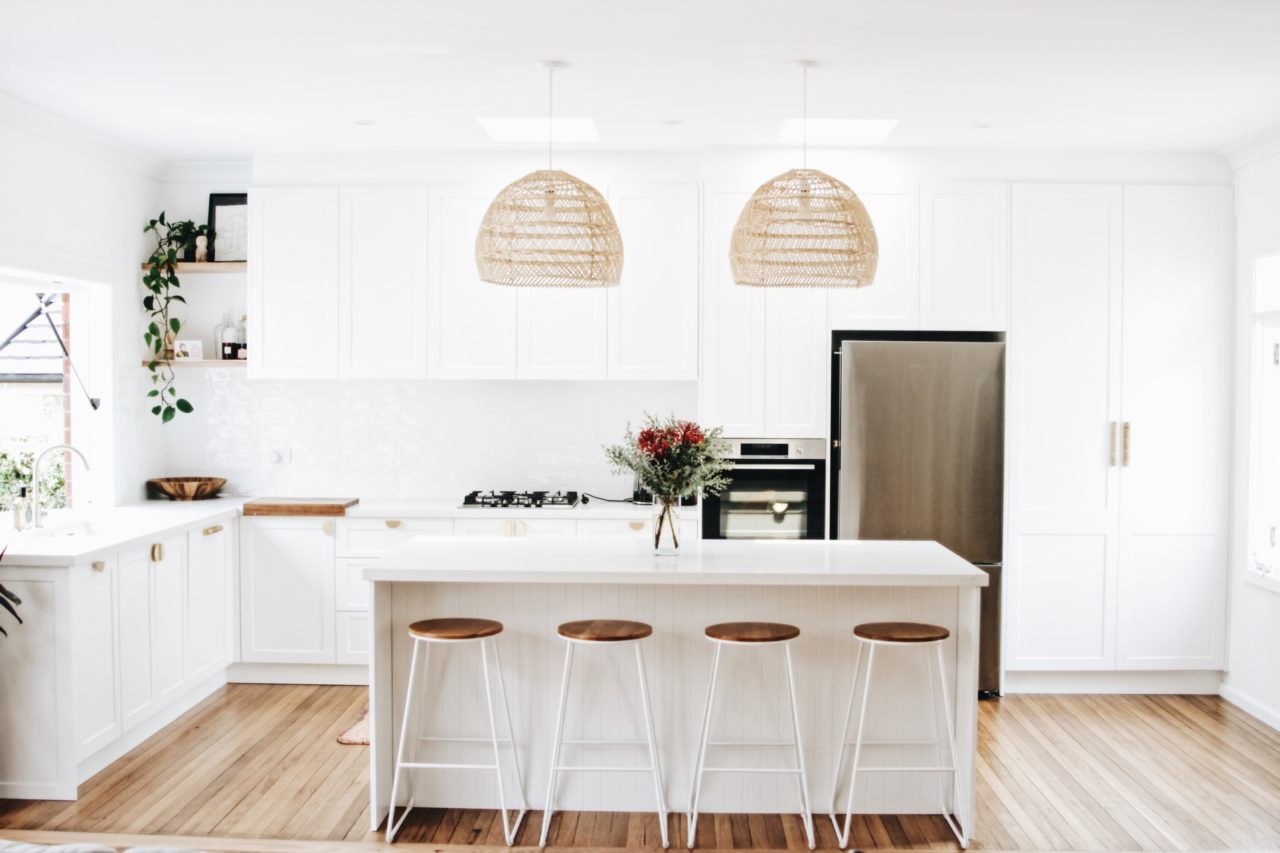
Ensuring Safety and Compliance
Creating a Functional and Efficient Space
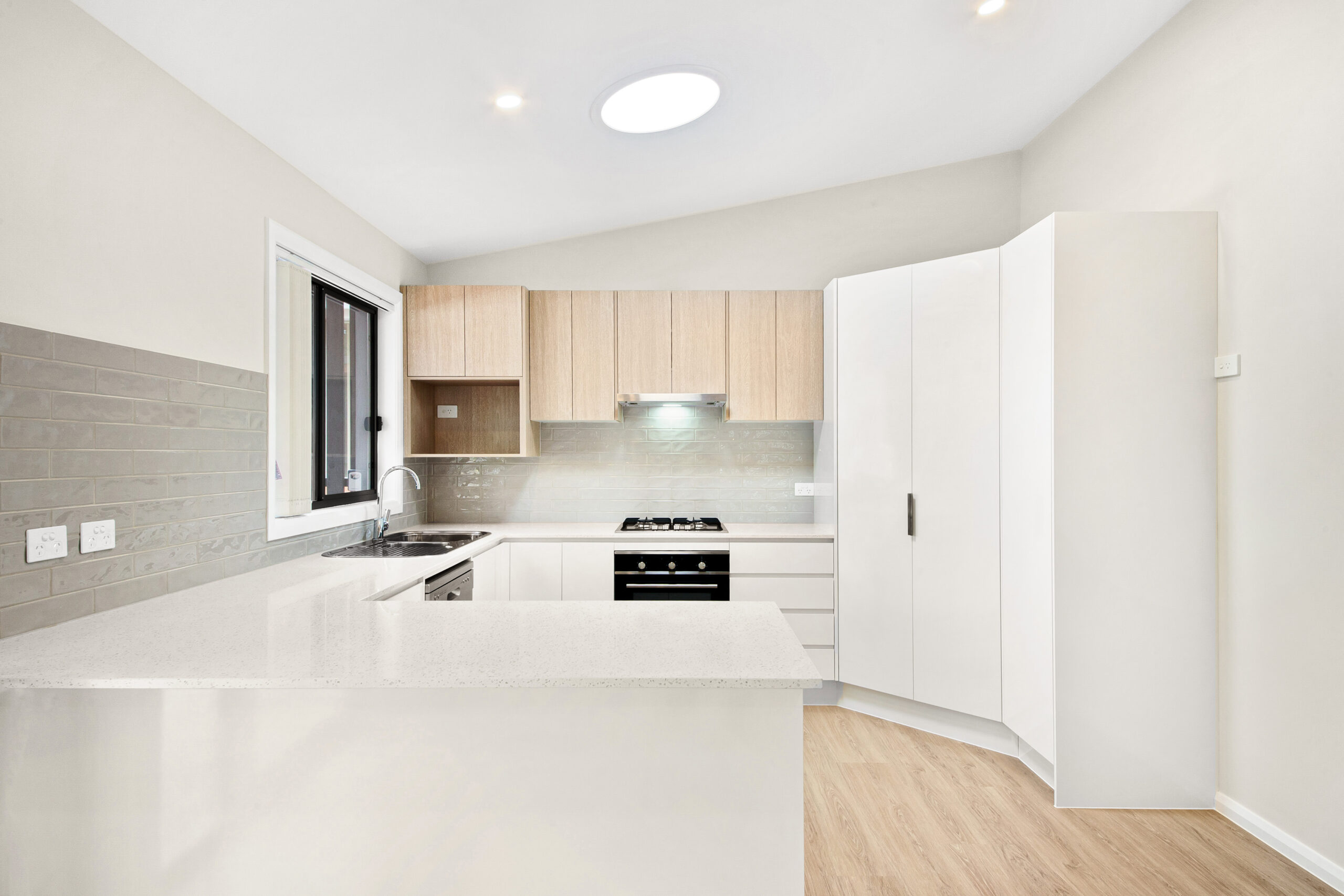 Another key reason to follow Australian standards for commercial kitchen design is to create a functional and efficient space. These standards take into account the flow of work in the kitchen, ensuring that the layout and placement of equipment and workstations are optimized for maximum efficiency. This means less time wasted and more time spent creating delicious dishes for your customers.
Efficient kitchen design
also helps to reduce the risk of accidents and injuries in the workplace. By following the recommended space requirements and safety measures, you can create a kitchen that is not only functional but also safe for your employees to work in.
Another key reason to follow Australian standards for commercial kitchen design is to create a functional and efficient space. These standards take into account the flow of work in the kitchen, ensuring that the layout and placement of equipment and workstations are optimized for maximum efficiency. This means less time wasted and more time spent creating delicious dishes for your customers.
Efficient kitchen design
also helps to reduce the risk of accidents and injuries in the workplace. By following the recommended space requirements and safety measures, you can create a kitchen that is not only functional but also safe for your employees to work in.
Meeting Customer Expectations
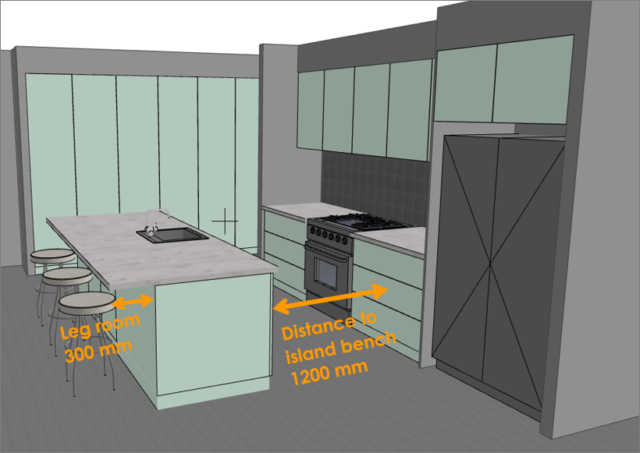 In the competitive world of the food industry, it is important to meet and exceed customer expectations. This includes not only the quality of food and service but also the appearance and cleanliness of your kitchen. By following Australian standards for commercial kitchen design, you can ensure that your kitchen meets the highest standards of cleanliness and hygiene. This not only creates a positive image for your business but also helps to maintain the health and satisfaction of your customers.
In conclusion, following
Australian standards for commercial kitchen design
is crucial for the success of your business. It ensures the safety and compliance of your kitchen, creates a functional and efficient space, and meets the expectations of your customers. So when designing or renovating your commercial kitchen, be sure to consult these standards to create a space that is both safe and successful.
In the competitive world of the food industry, it is important to meet and exceed customer expectations. This includes not only the quality of food and service but also the appearance and cleanliness of your kitchen. By following Australian standards for commercial kitchen design, you can ensure that your kitchen meets the highest standards of cleanliness and hygiene. This not only creates a positive image for your business but also helps to maintain the health and satisfaction of your customers.
In conclusion, following
Australian standards for commercial kitchen design
is crucial for the success of your business. It ensures the safety and compliance of your kitchen, creates a functional and efficient space, and meets the expectations of your customers. So when designing or renovating your commercial kitchen, be sure to consult these standards to create a space that is both safe and successful.


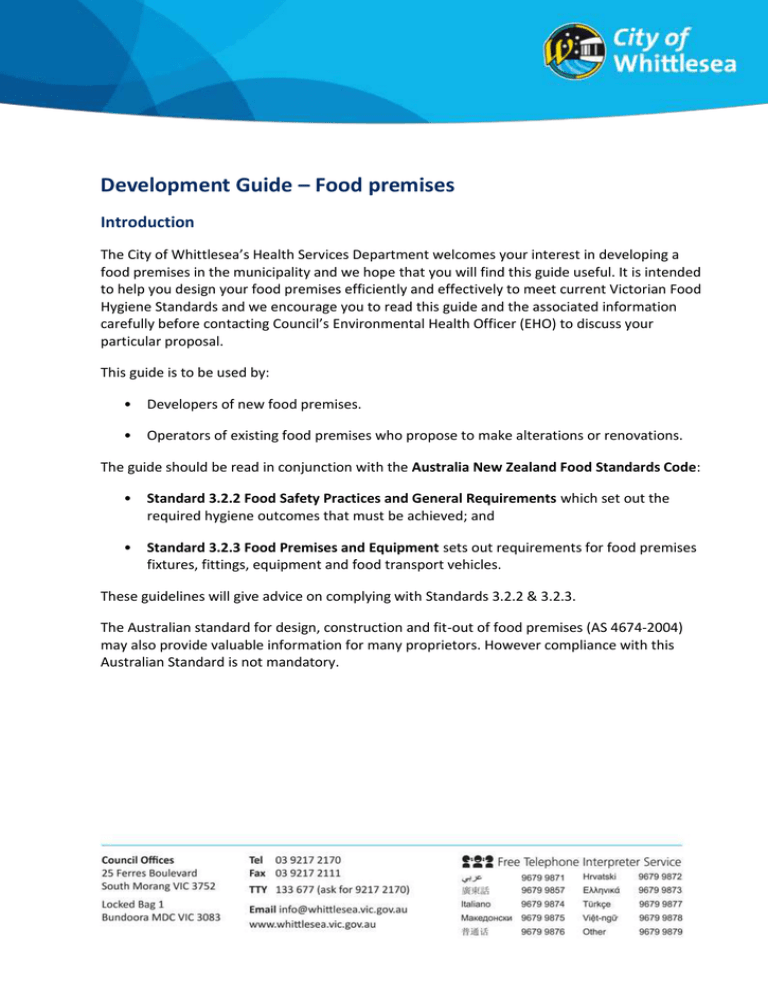



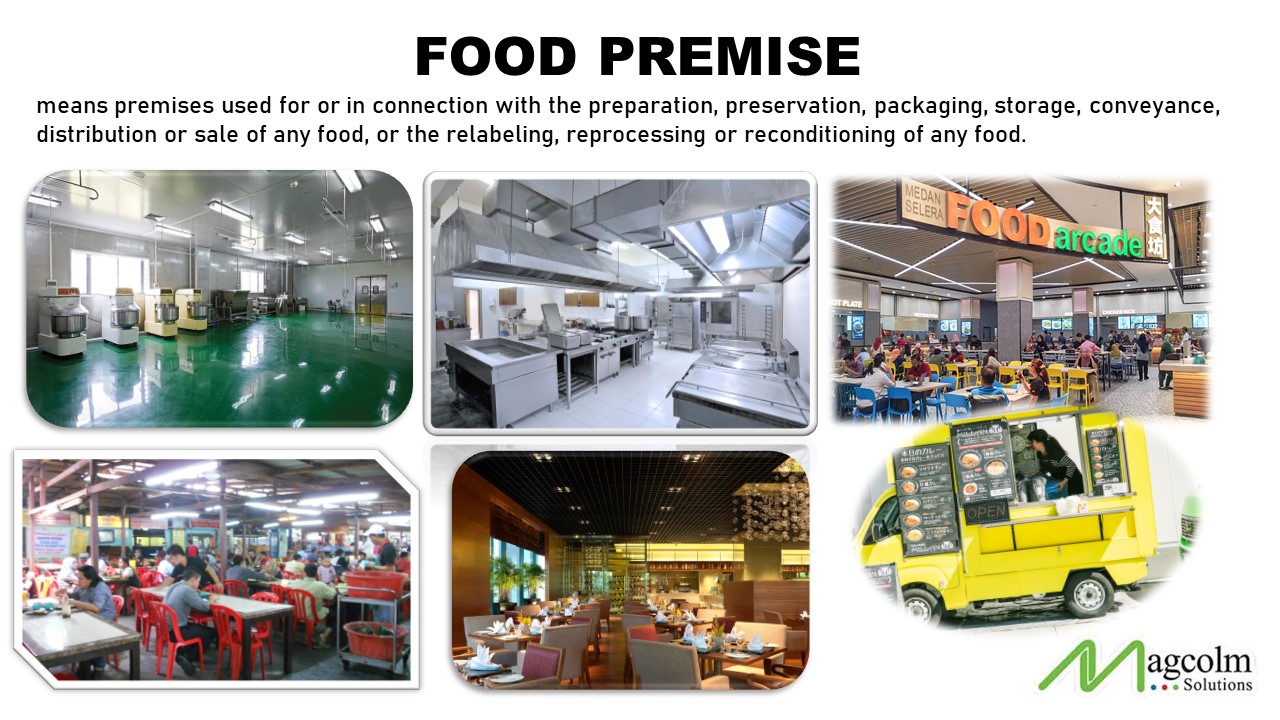



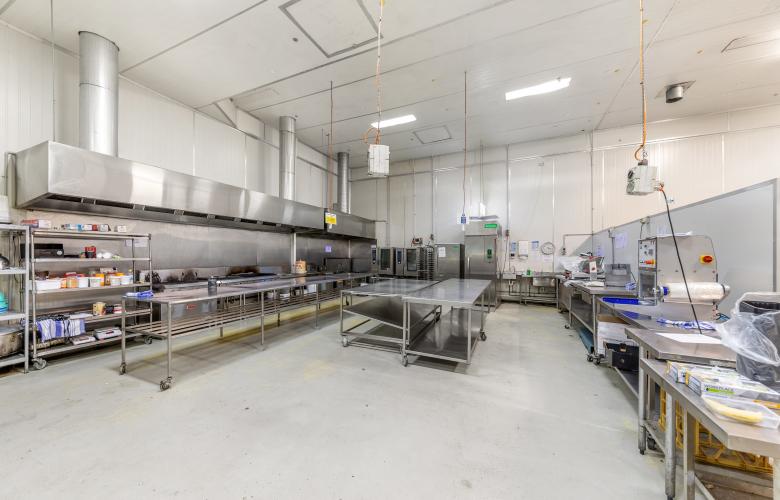







-p-1080.png)






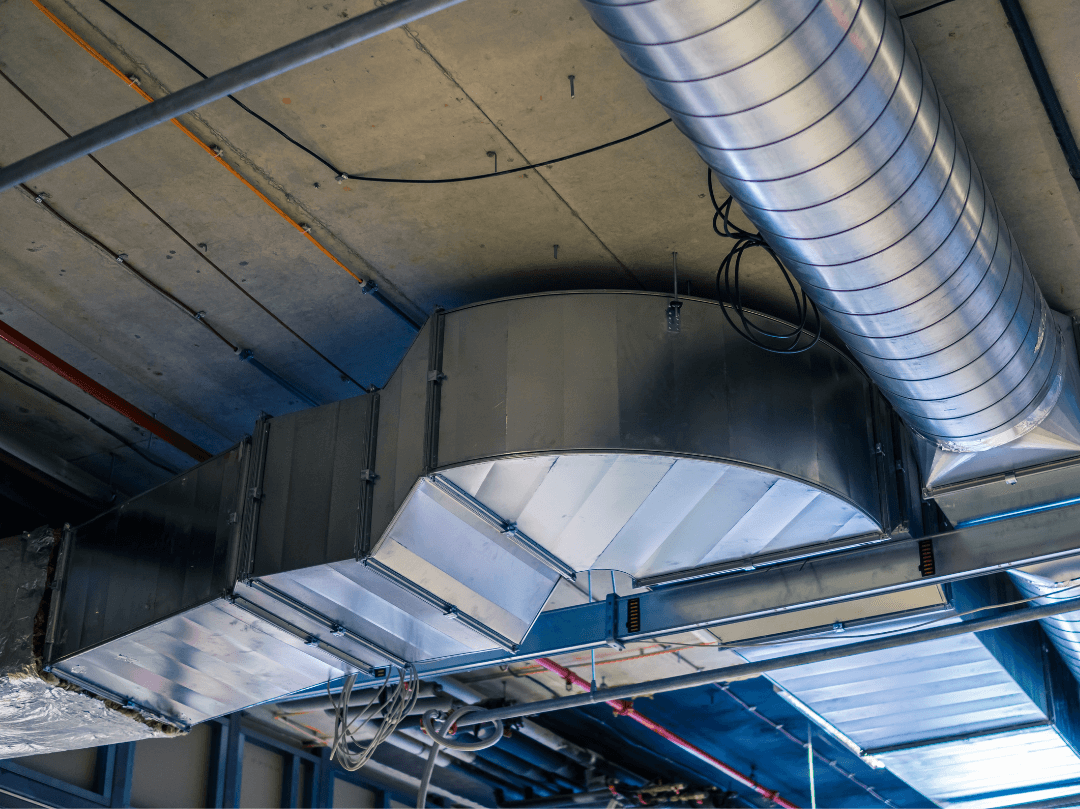


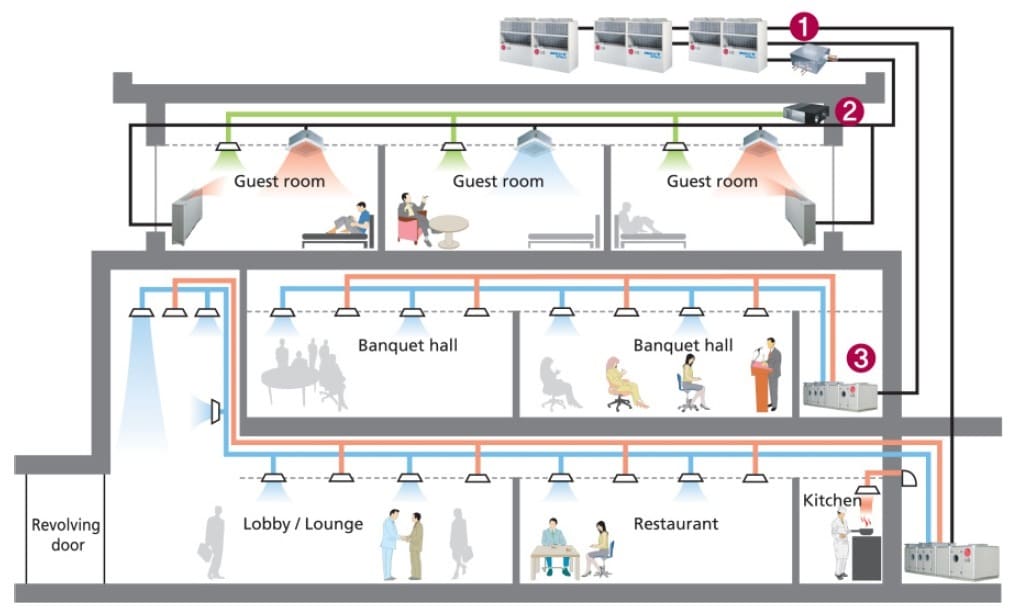
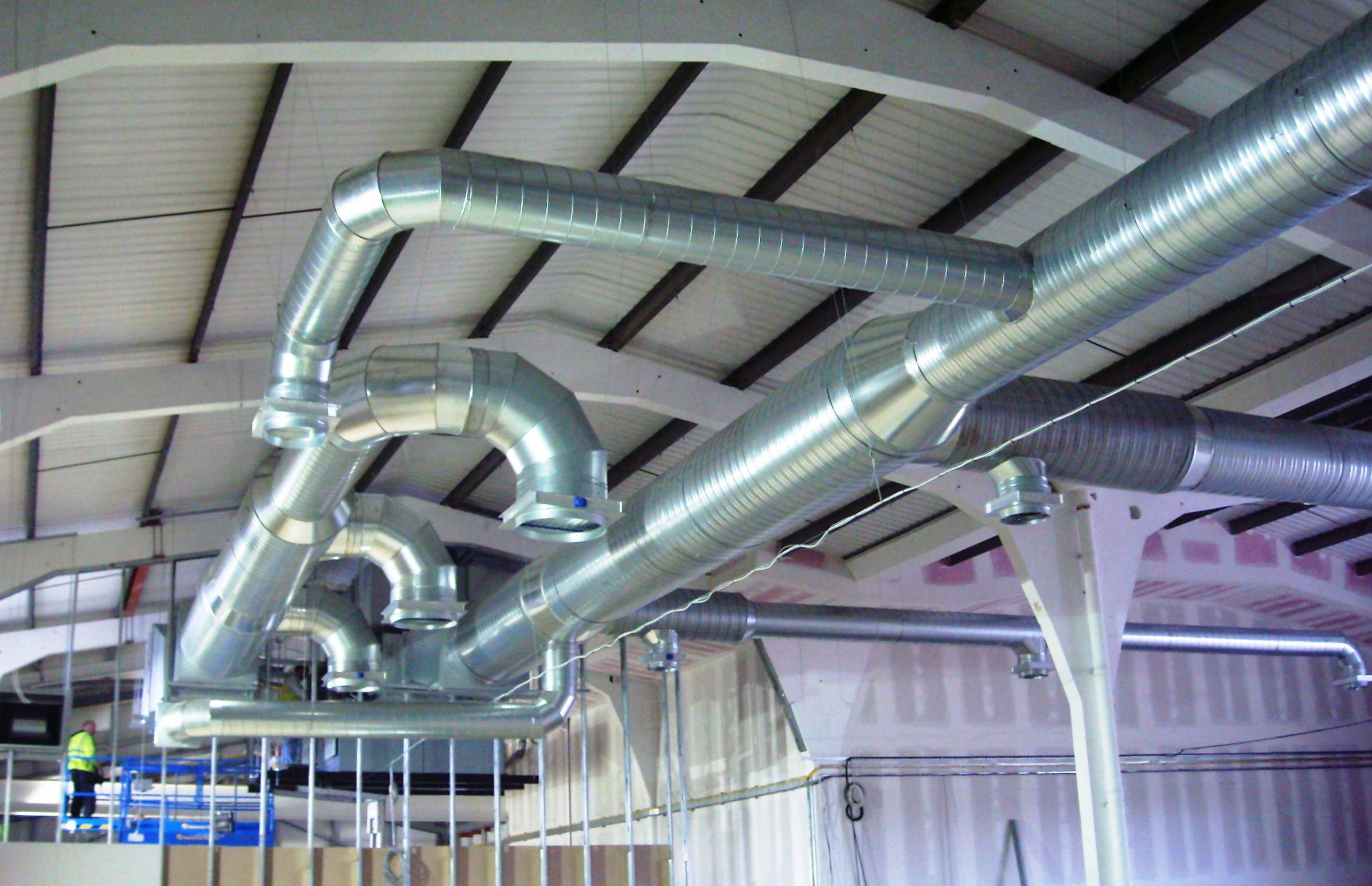

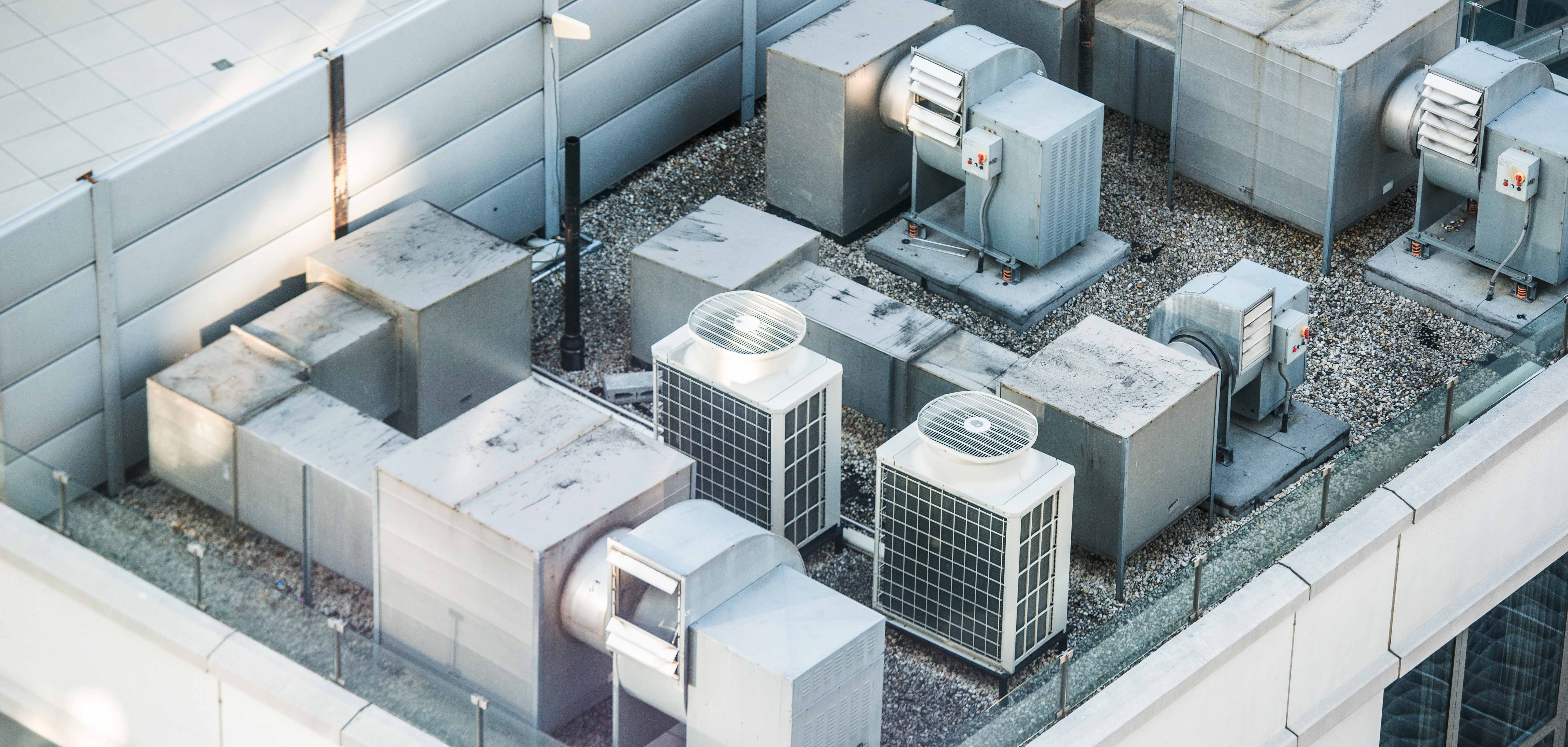






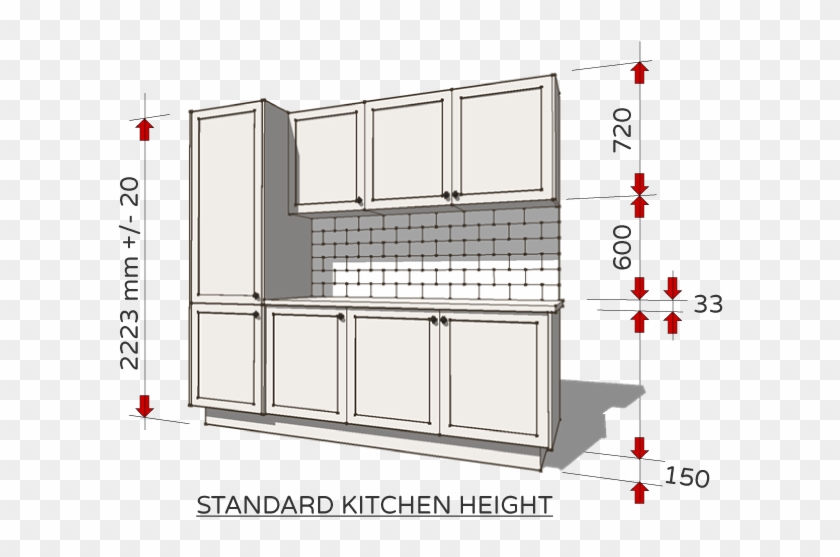

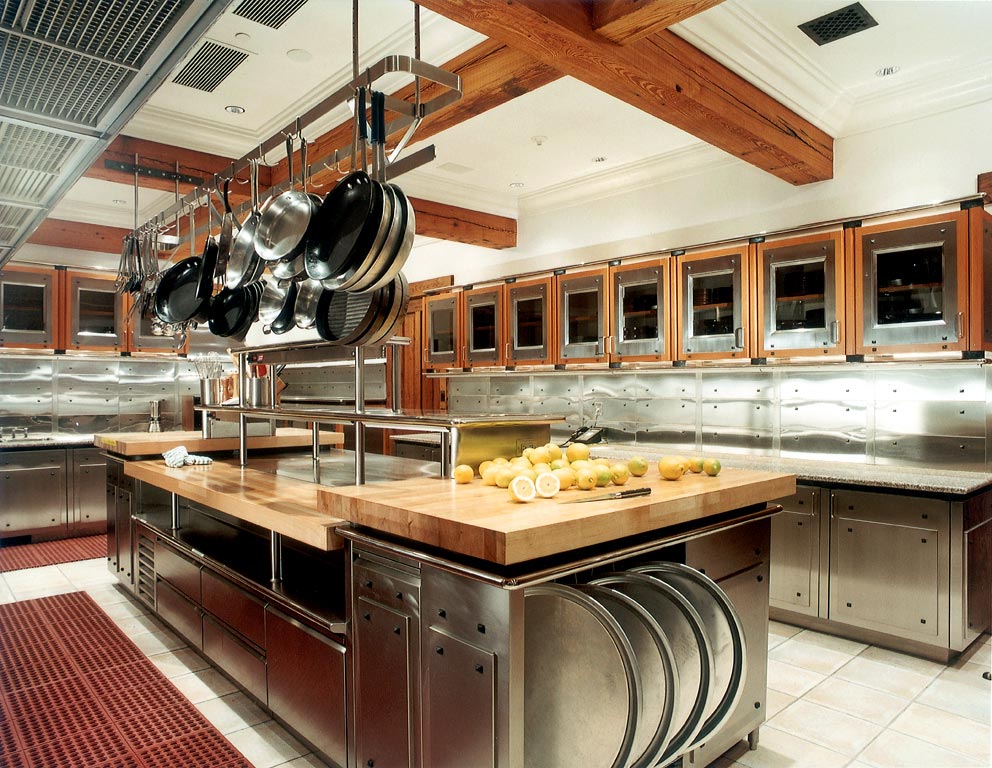
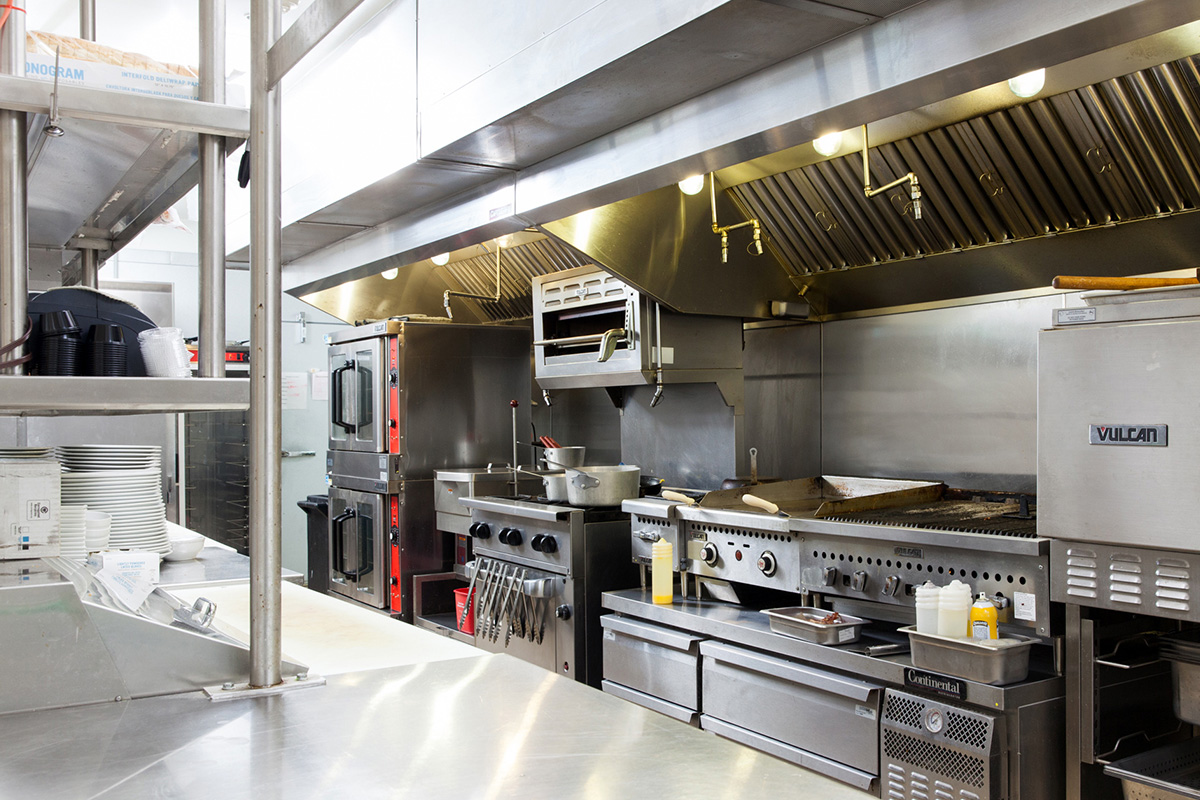

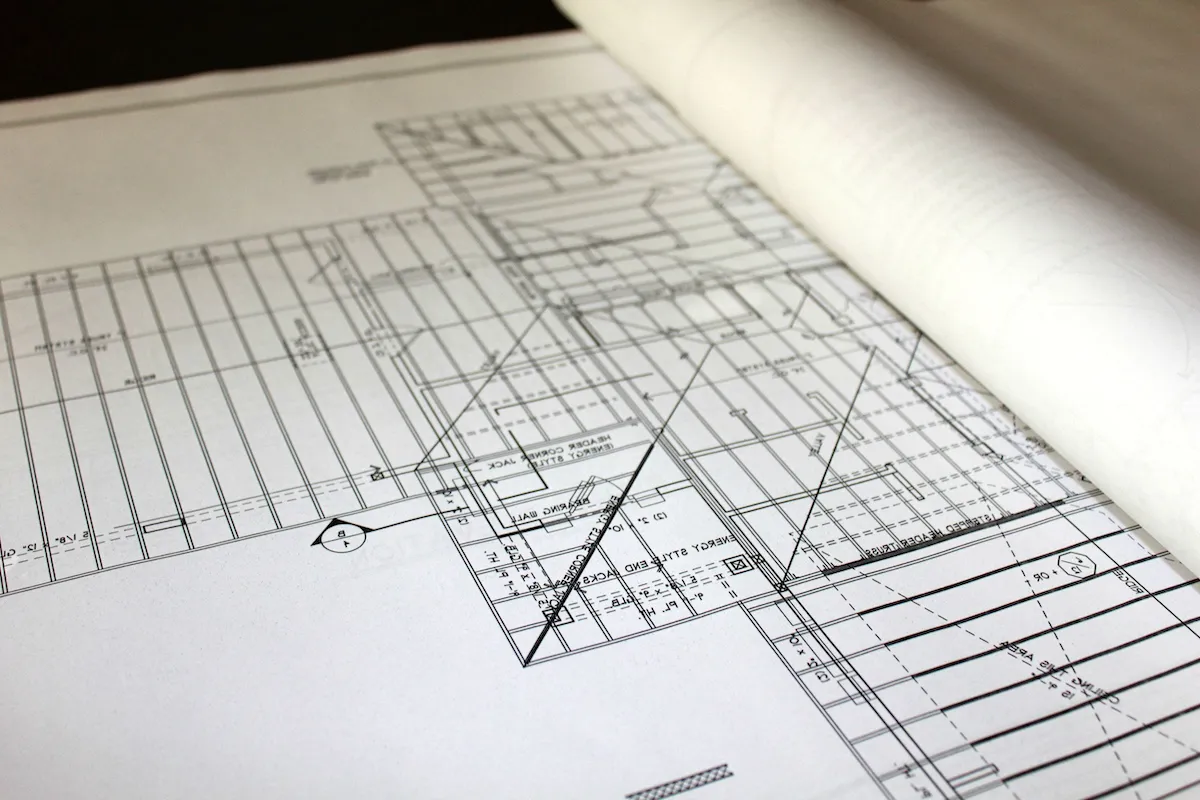

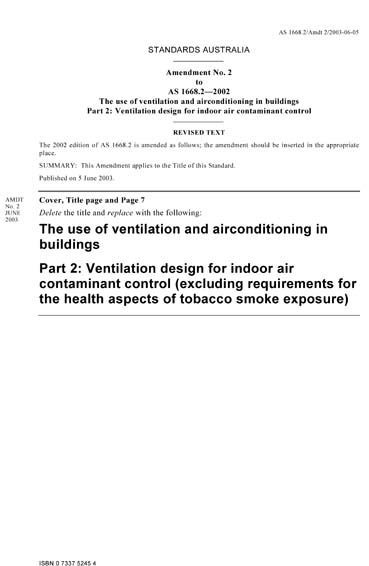

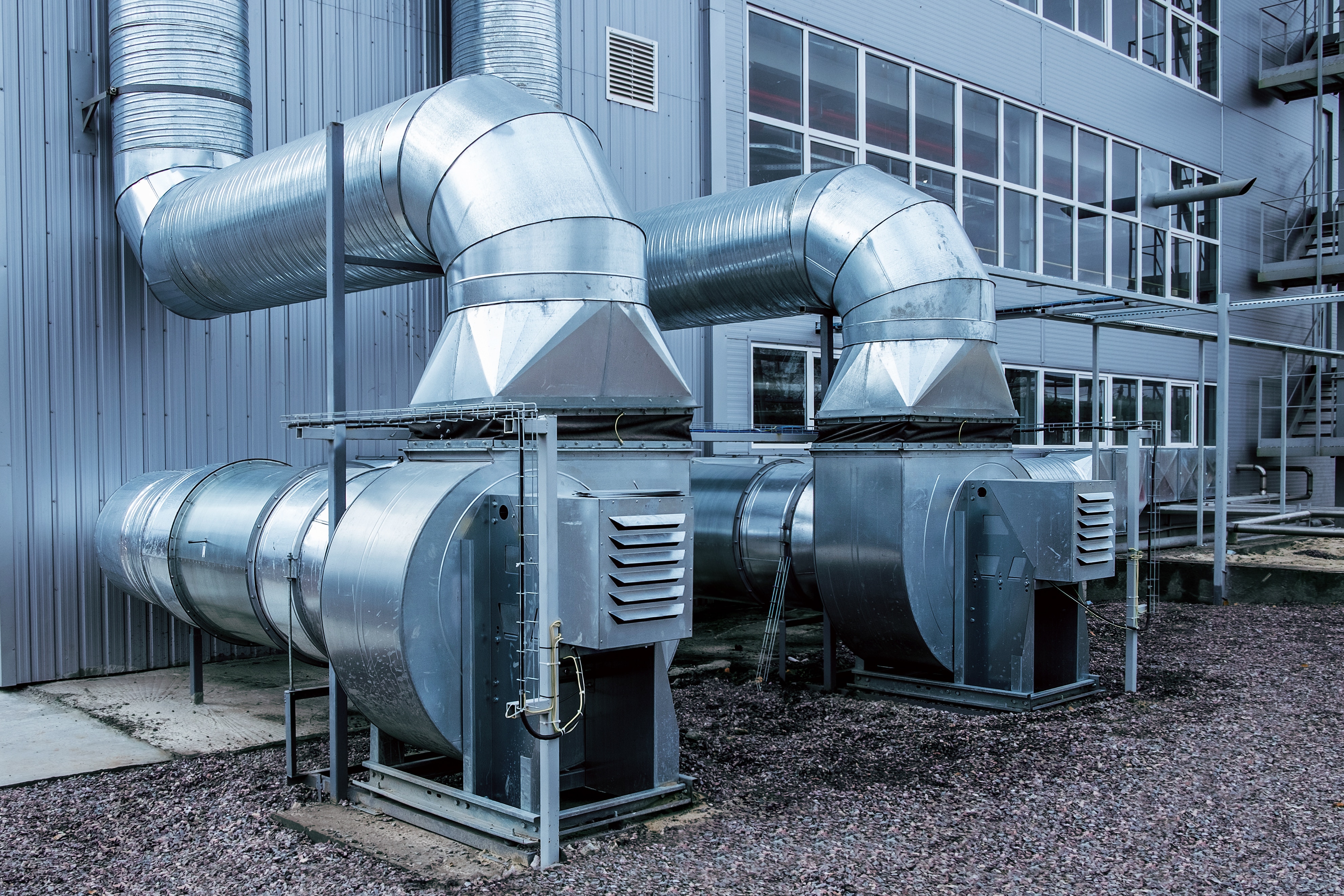


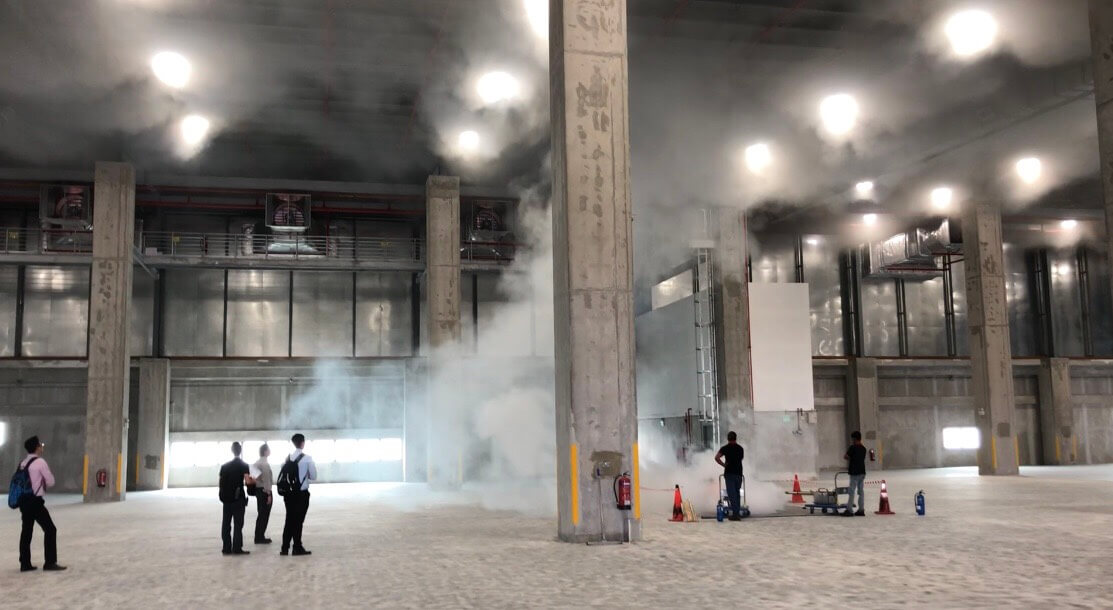
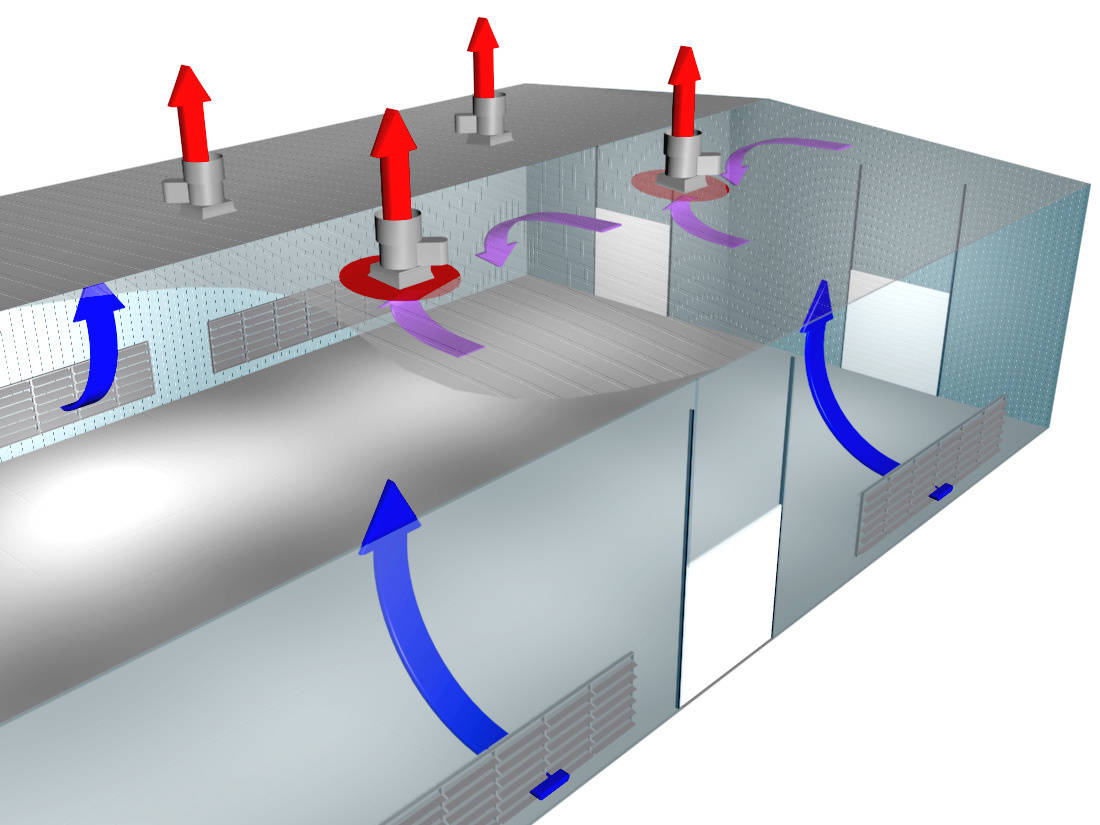
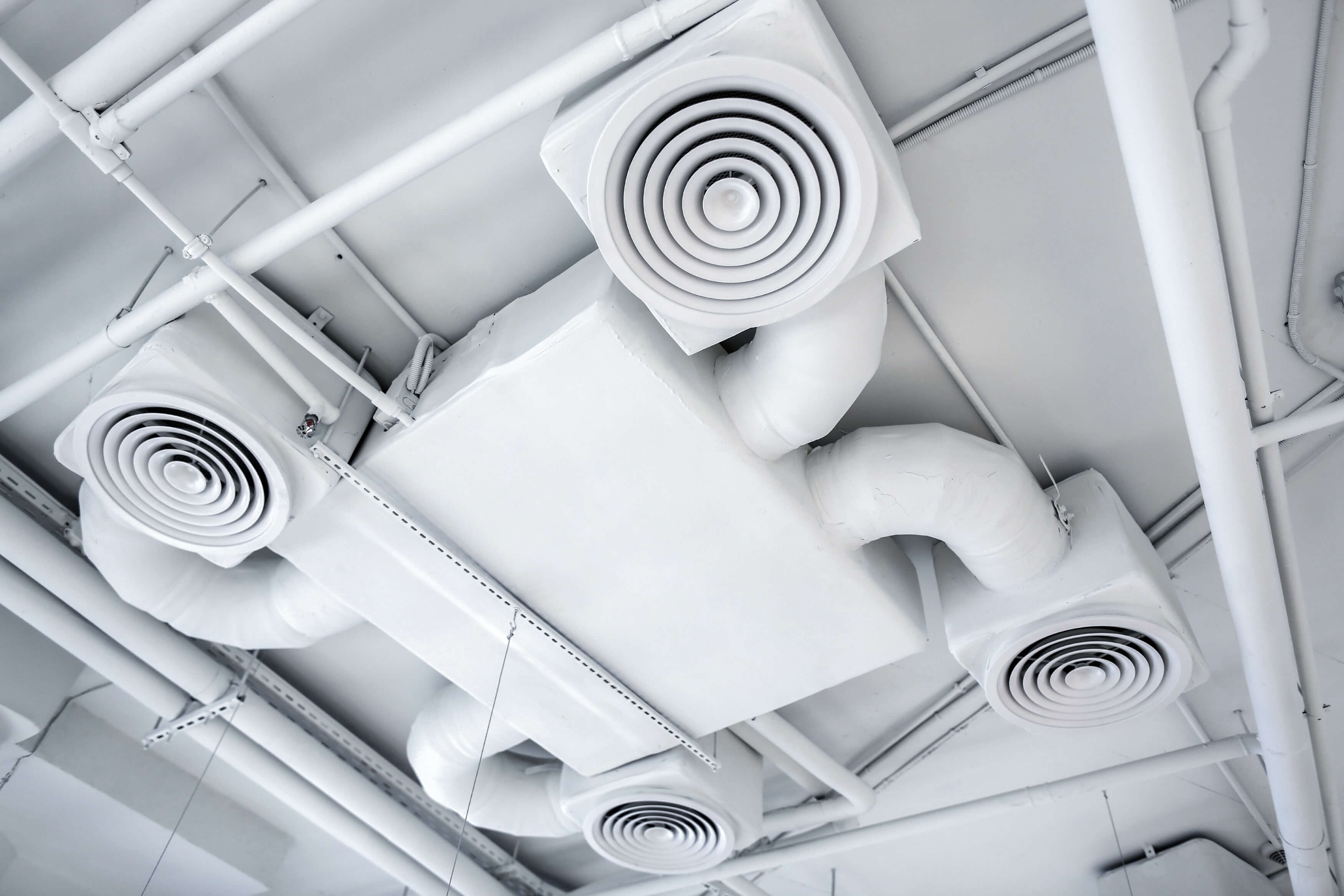










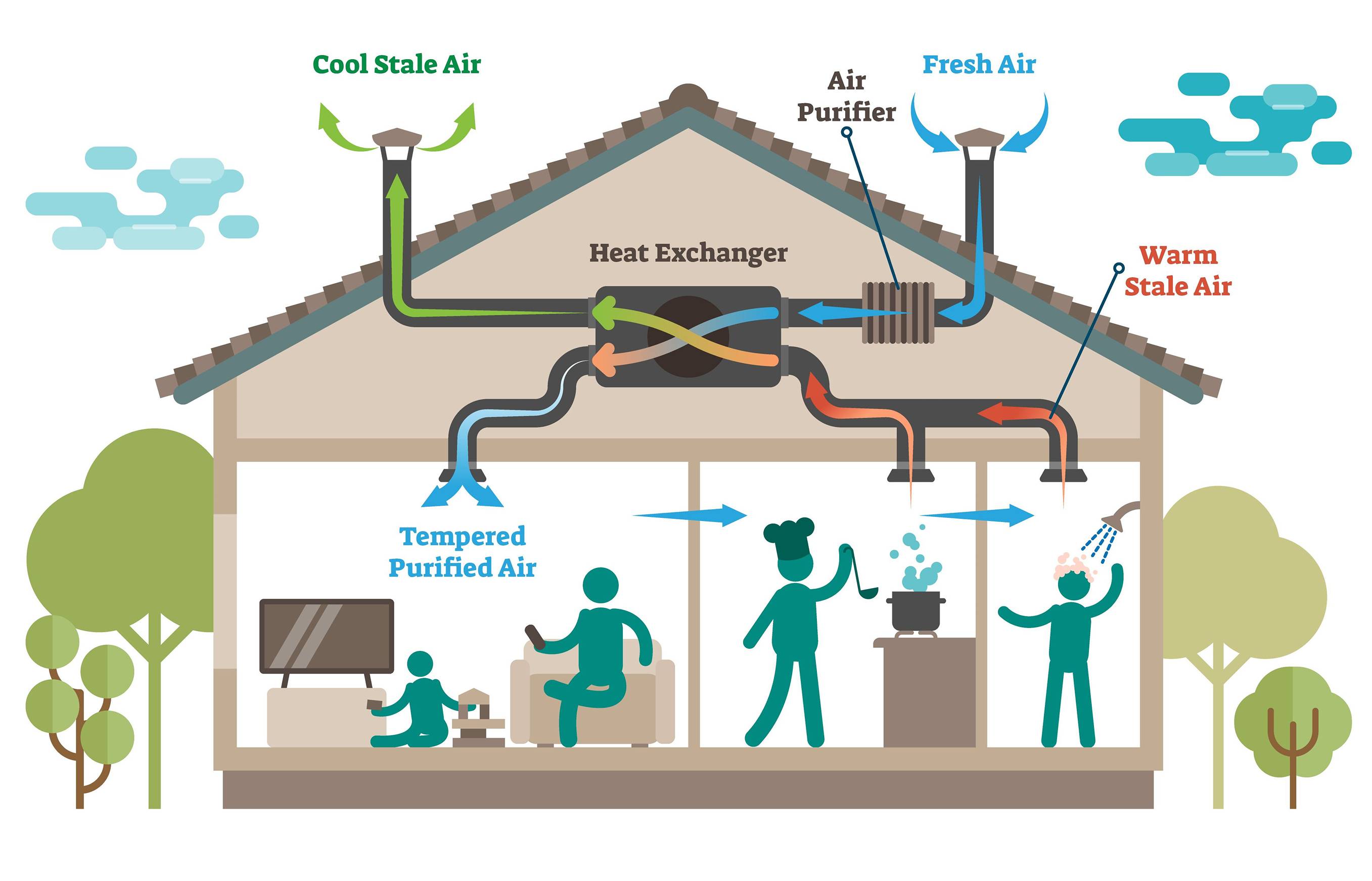
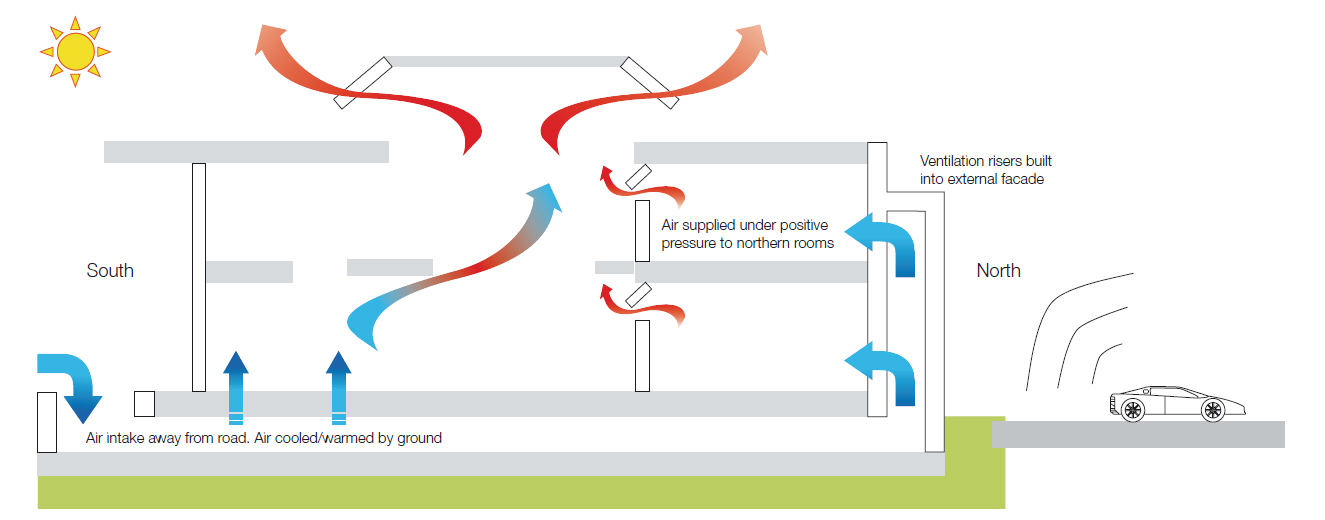
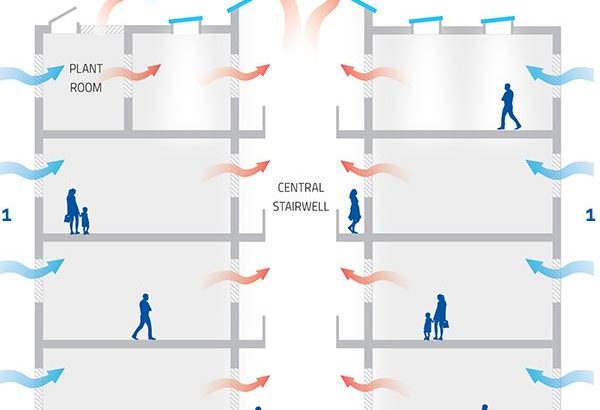

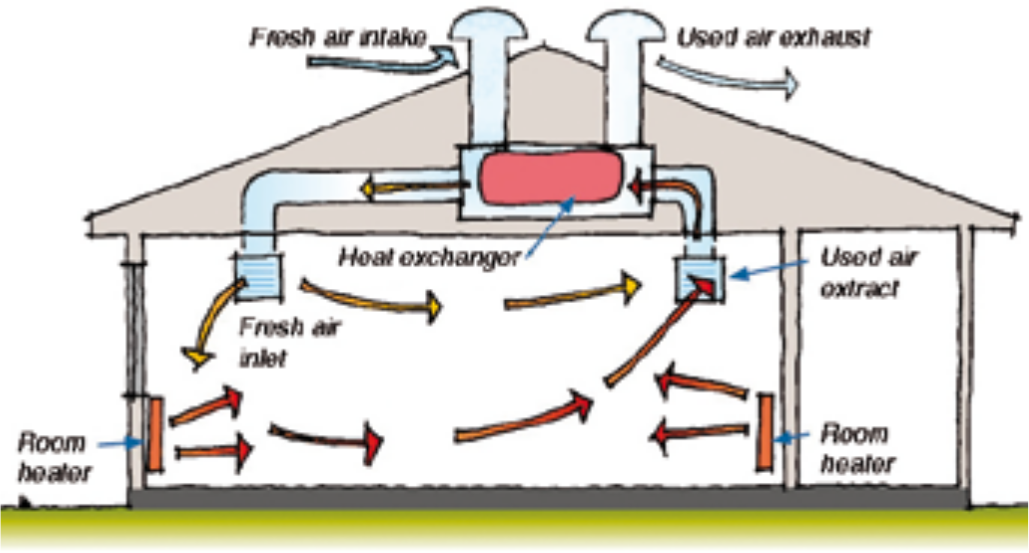
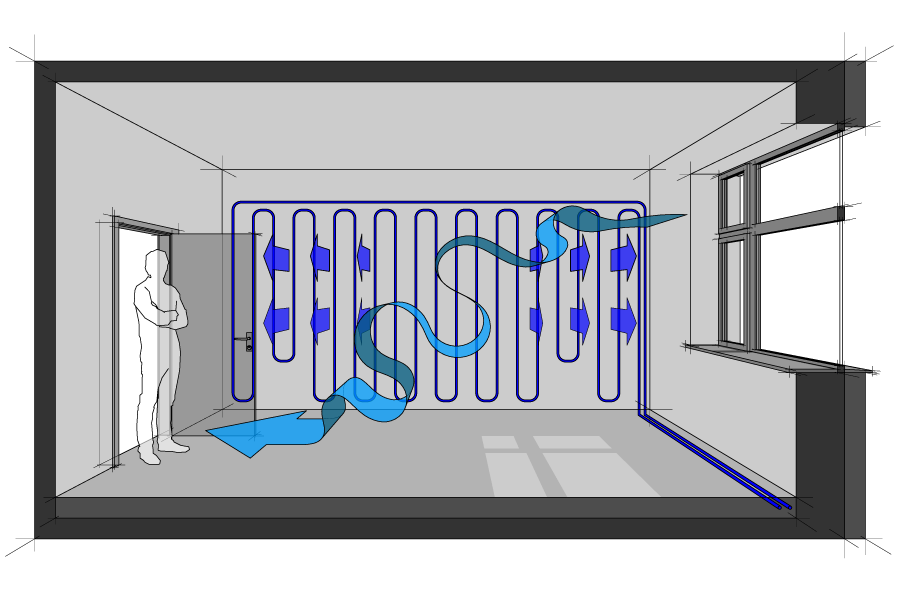
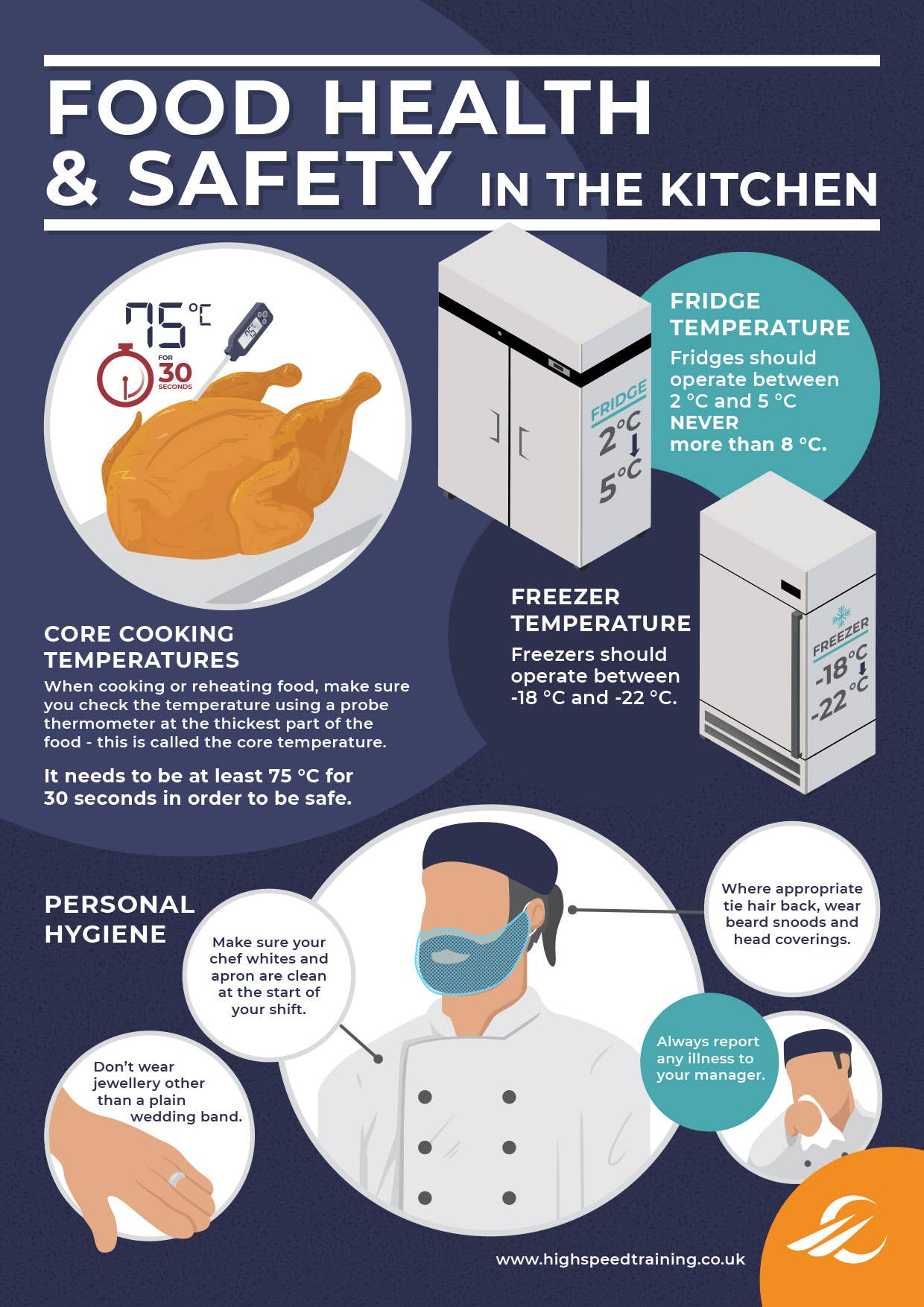


.png)
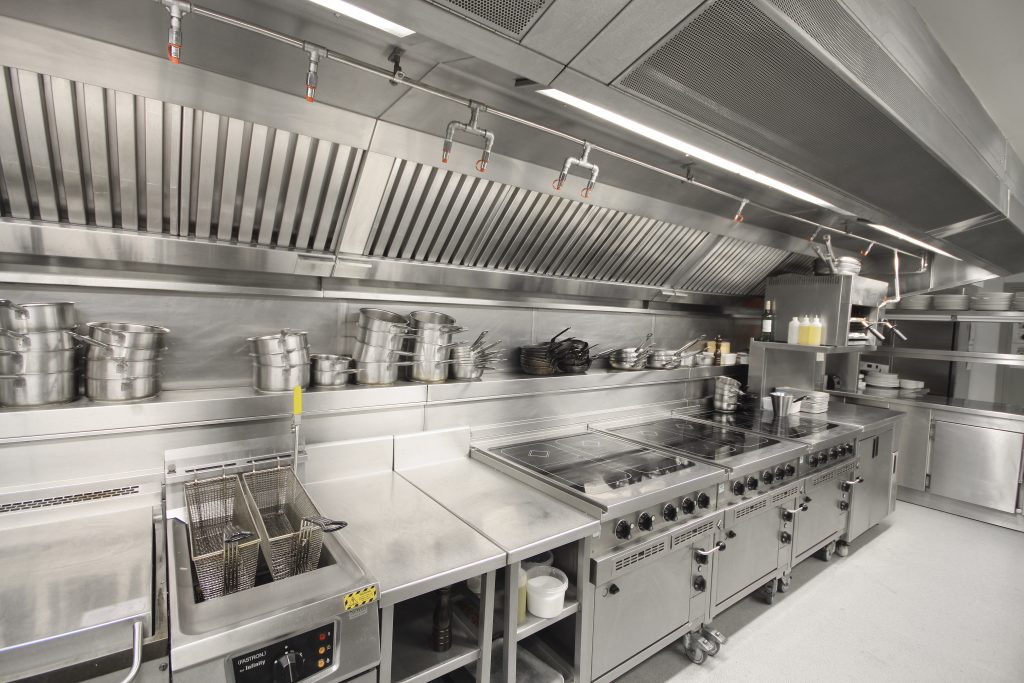
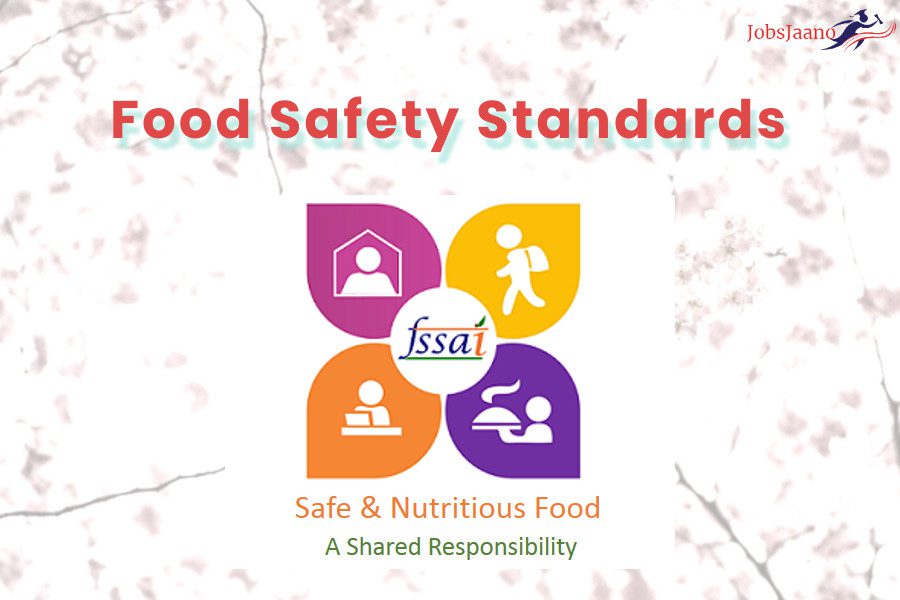
:max_bytes(150000):strip_icc()/commercial-kitchen-equipment-checklist-2888867-v7-5ba4fe764cedfd0050db4afa.png)














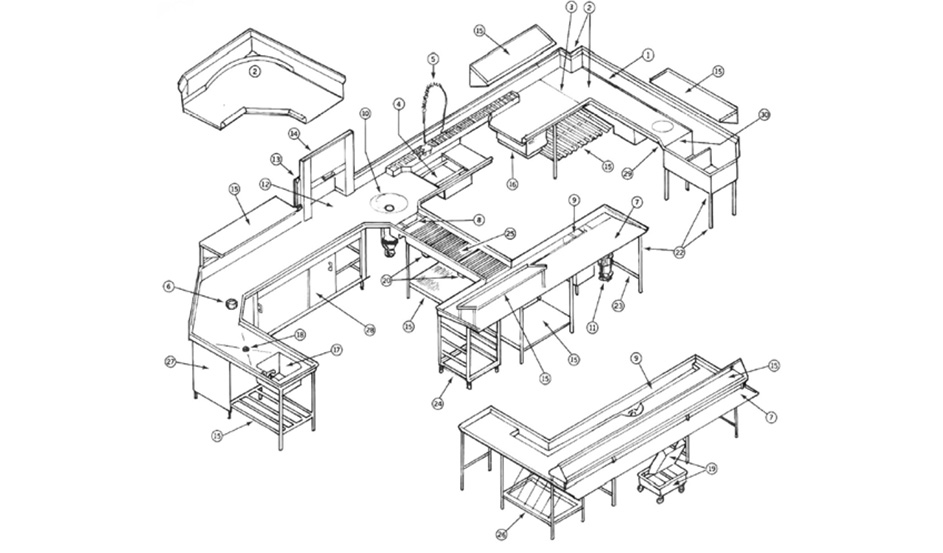



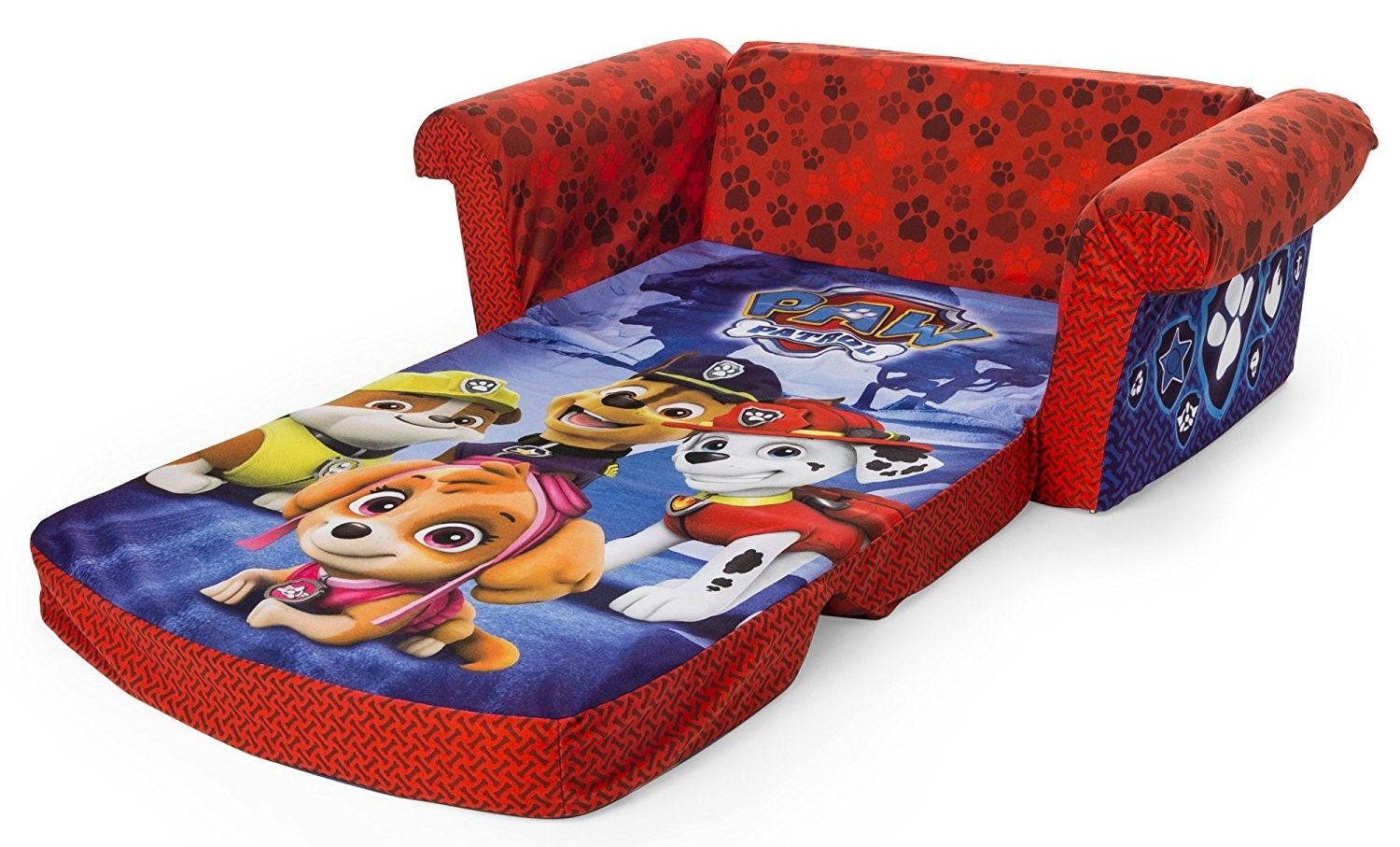
?$AFHS-PDP-Main$)


